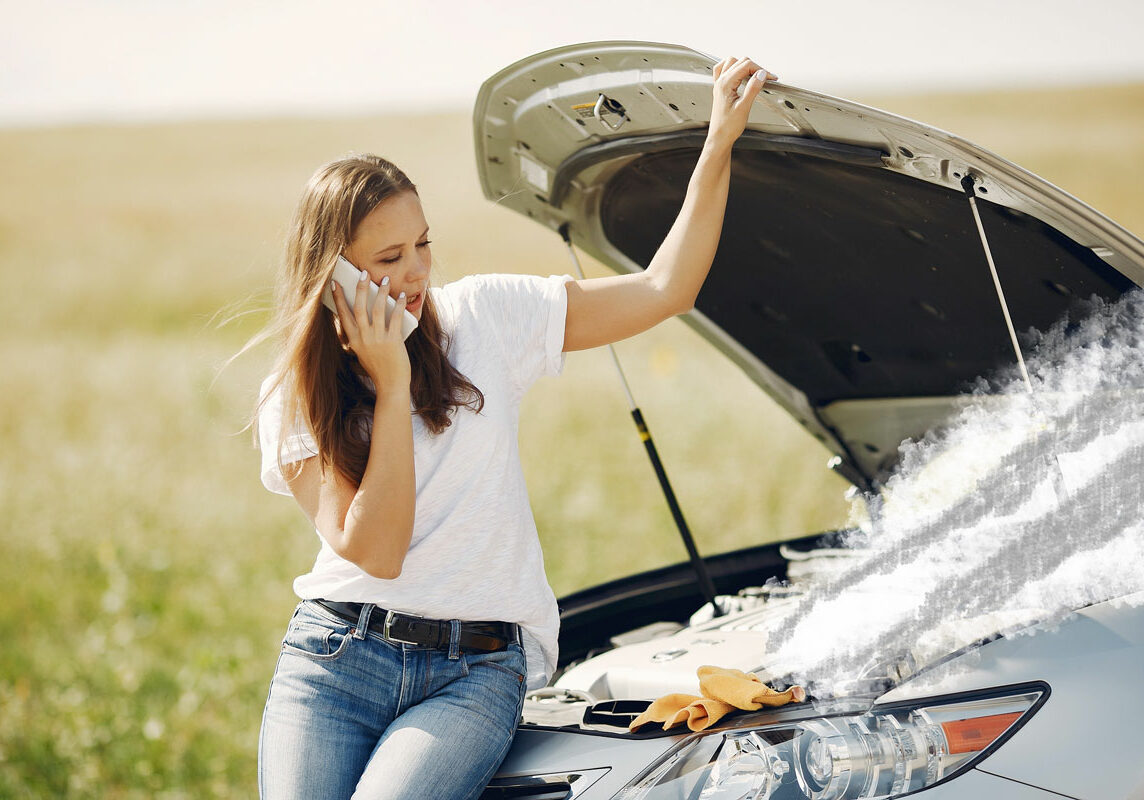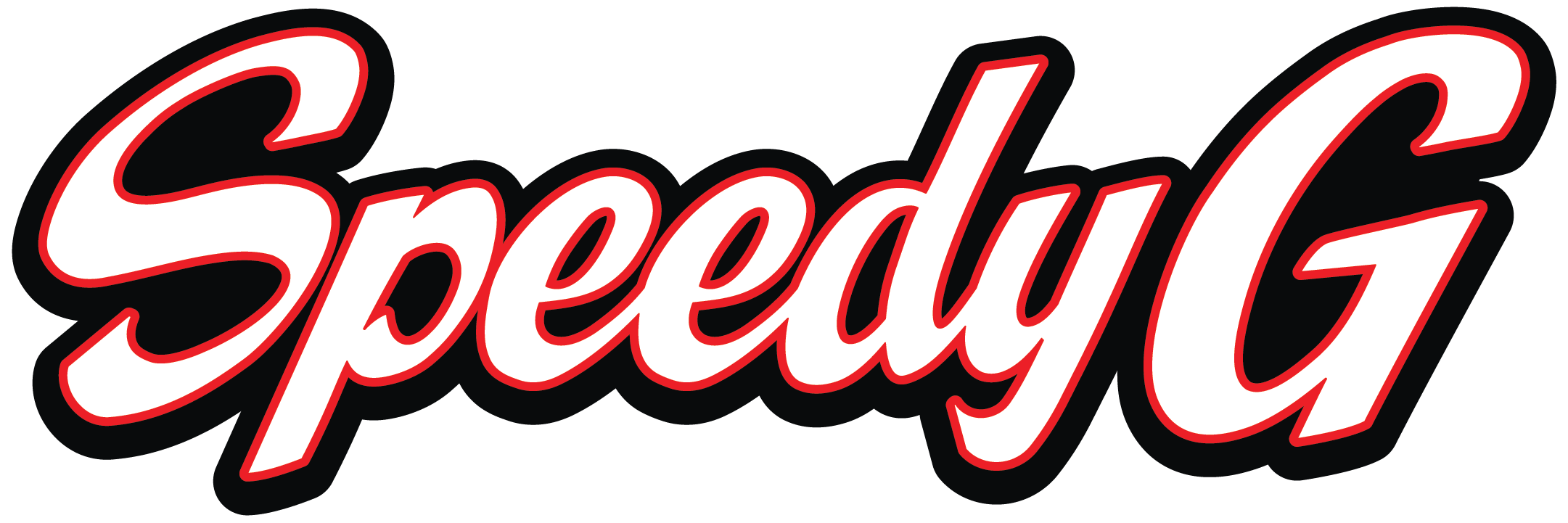
Handling Overheating Situations: Preventing and Safely Resolving Engine Overheating in Hot Summer Weather
As the summer sun beats down, it’s crucial to keep your vehicle’s engine from overheating. Engine overheating can lead to significant damage and leave you stranded on the side of the road. In this blog post, we will discuss the importance of prevention, signs of overheating, when to pull over, and effective strategies for safely cooling down your engine during hot summer weather.
Preventing Overheating
Prevention is the key to avoiding engine overheating during the summer months. Here are some essential tips to keep in mind:
- Regular Maintenance: Schedule routine maintenance, including checking coolant levels, inspecting hoses and belts for wear, and ensuring the radiator and cooling fan are in good working order.
- Coolant Checks: Regularly inspect the coolant’s level and quality. Top it up or flush and replace it if necessary, following the manufacturer’s recommendations.
- Avoid Overloading: Heavy loads put extra strain on the engine, leading to increased heat. Respect your vehicle’s towing and weight capacity limits to prevent excessive stress on the engine.
- Adequate Airflow: Make sure the radiator and cooling fan are not obstructed by debris, such as leaves or bugs. Clean them regularly for optimal cooling performance.
Signs of Overheating and When to Pull Over
- Recognizing the signs of an overheating engine is vital for prompt action. Watch out for the following indicators:
- Temperature Gauge: If your temperature gauge rises above the normal range or approaches the red zone, it’s a clear indication of overheating.
- Steam or Smoke: Visible steam or smoke coming from under the hood signifies that the engine is running too hot.
- Warning Lights: Keep an eye on dashboard warning lights, such as the temperature warning light or check engine light, which can indicate engine overheating.
If you notice any of these signs, it’s crucial to take immediate action. Find a safe location to pull over, preferably away from traffic. Turn off the engine and allow it to cool down before attempting any further troubleshooting.
Safely Cooling Down the Engine
Once you have safely pulled over, follow these steps to cool down your engine:
- Pop the Hood: After the engine has cooled down, open the hood to allow heat to dissipate quickly.
- Do Not Touch Anything Hot: Be cautious when opening the hood as hot components may cause burns. Avoid touching any hot engine parts to prevent injury.
- Check Coolant Levels: If the coolant level is low, wait until the engine has cooled completely before adding coolant. Do not attempt to open the radiator cap when the engine is still hot, as it can release scalding steam.
- Use Heat Dissipation Techniques: To speed up the cooling process, you can turn on the heater and set it to the maximum temperature. This helps transfer some of the engine’s heat to the passenger compartment.
- Seek Professional Help if Needed: If the engine continues to overheat after following these steps or if you are unsure about handling the situation, it is best to contact a professional tow truck service or an automotive repair shop for assistance.
Engine overheating can be a stressful experience, particularly during scorching summer weather. By practicing preventive measures, recognizing the signs of overheating, and knowing how to safely cool down your engine, you can minimize the risk of damage and ensure your safety on the road. Remember, if in doubt, it’s always wise to seek professional help. Stay proactive, and enjoy your summer travels worry-free! If you need help remember to call Speey G Towing and we’ll be glad to give you a hand if your vehicle needs a tow. Call 847-844-1400 to book your tow today.
